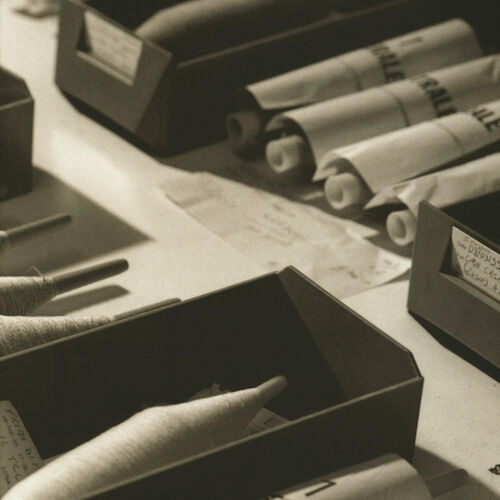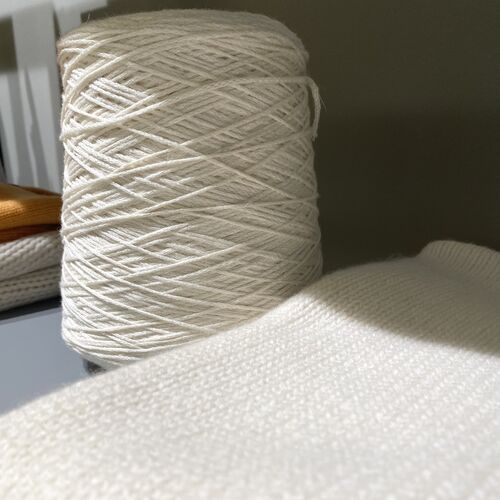Transforming raw cashmere into yarn is a complex process that requires not only sophisticated machinery but also expert knowledge that few people command. The ideal combination of engineering and expertise leads to precisely the blend of fibres that keeps pilling to a minimum, while at the same time delivering maximum softness and longevity. The production of the finest cashmere yarn calls for the perfect balance. As suppliers of fibres, cashmere goats each have their own specific characteristics, not all of them entirely desirable. The texture of the hair is determined by the climate where the goats are bred, by their diet, and by the colour of the goat. The strongest and softest fibres come from Mongolia and Inner Mongolia. The white goats of Inner Mongolia have the softest, finest hair, although the individual fibres are fairly short, which can make the spun yarn prone to pilling. Goats from Inner Mongolia would never survive in Mongolia, where temperatures fall even lower. The fibres from Mongolian goats are darker and somewhat coarser, but at the same time longer and stronger, which means they are less likely to pill. So the best cashmere yarn of all is a mixture of Mongolian and Inner Mongolian goat hair, although only the experts know exactly what makes the ideal blend.


As with the finest merino wool, the market for handknitted cashmere items is relatively small. Without the custom of the world’s most exclusive luxury fashion houses, such as Loro Piana, Hermès or buttertea, Italian manufacturers would be unable to maintain such extremely high quality for this limited market. It is thanks to the patronage of these prestigious brands that the yarn manufacturers are able to offer their premium yarns at a fair price/performance ratio.











